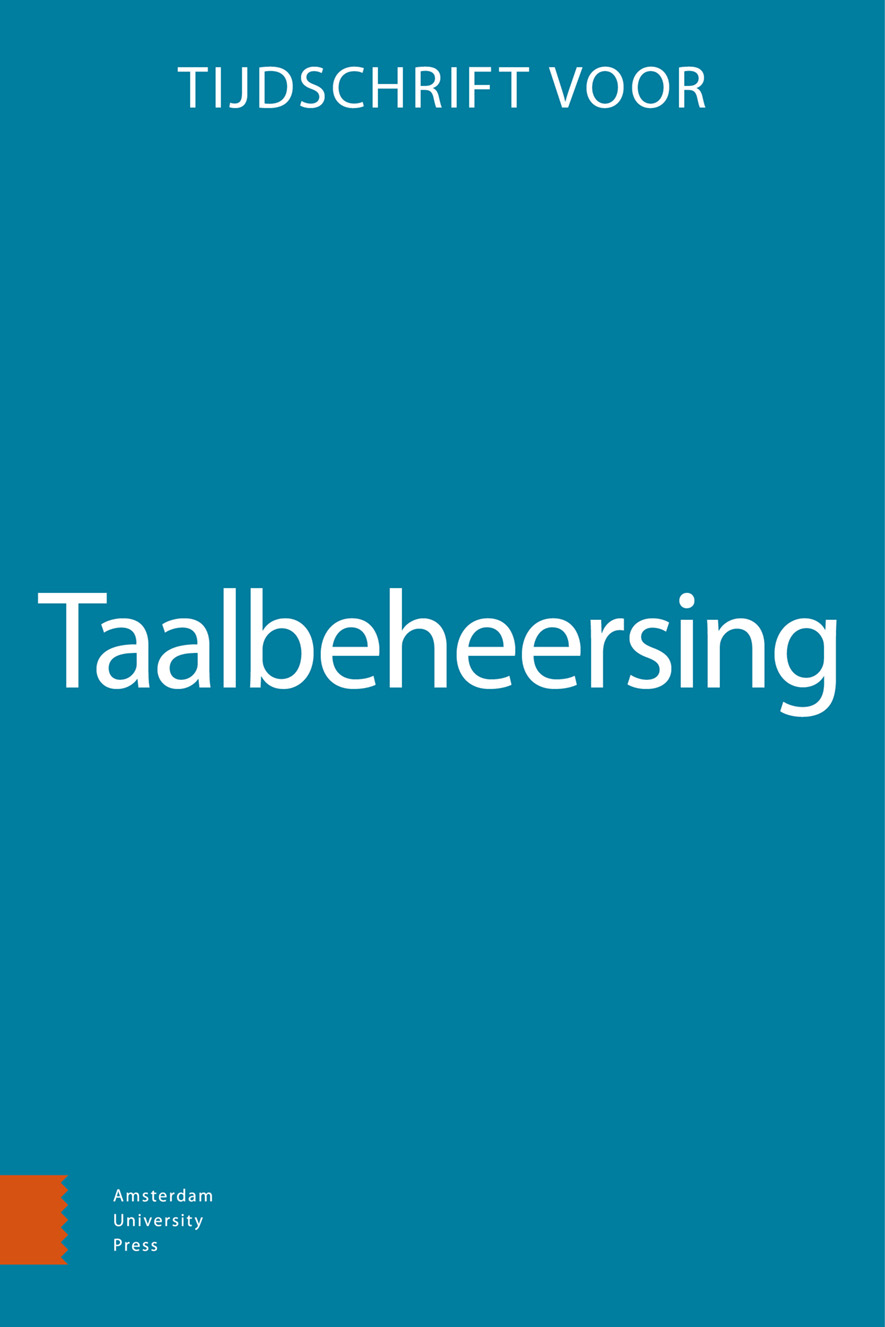-
oa @Organisatie in klachtentweets als trigger voor webcare-interactie
- Amsterdam University Press
- Source: Tijdschrift voor Taalbeheersing, Volume 40, Issue 1, Apr 2018, p. 107 - 135
Abstract
@Organisation in complaint tweets as a trigger for webcare interactions
An organization’s webcare is aimed at dealing with as many consumer complaints as possible. The question is what features of negative word-of-mouth tweets lead to more webcare response. From a pragmalinguistic perspective, we started with a brief overview of the speech act of complaining, and its illocutionary force which is communicated directly or indirectly. In two corpus analyses (with 6533 and 1479 negative word-of-mouth tweets), we examined the relations between the way consumers address an organization (operationalized as the position of @Organization in the negative word-of-mouth tweet) and the amount of webcare interaction between the organization and consumers. The results show that when a consumer places the addressed @Organization at the beginning of the tweet, this leads to a webcare-response more frequently than when @Organization occurs elsewhere in the tweet. In the second corpus analysis, the communicative function of @Organization (direct or indirect address) was included in the analysis. When @Organization was addressed directly, this resulted in more webcare interaction than when the organization was addressed indirectly.


